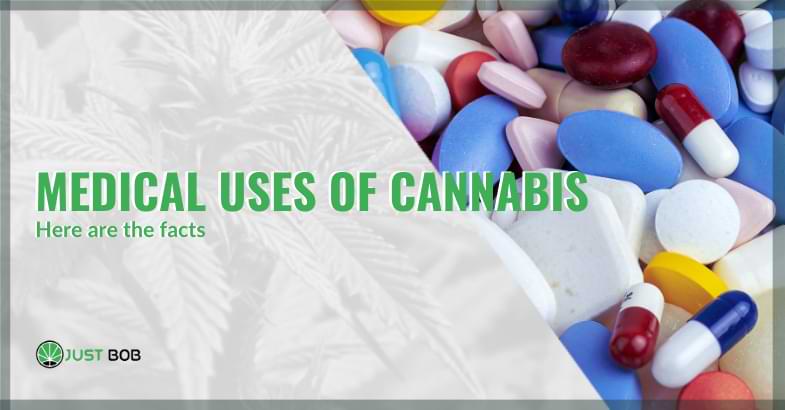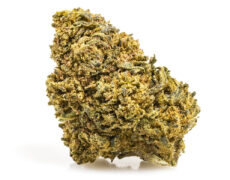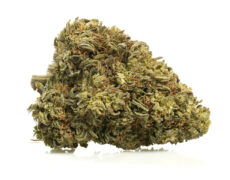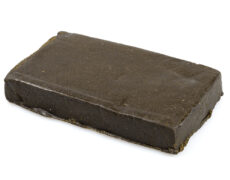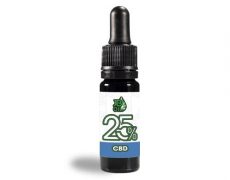Modified on: 30/10/2023
Medical uses of cannabis: here’s what you need to know
Have you ever thought about the use of cannabis for medicinal purposes? There is always controversy surrounding this practice, but its roots are lost in history.
From ancient Chinese medical texts to modern studies, cannabis has demonstrated some amazing therapeutic properties.
In this article, we will explore the medical applications of cannabis, its active ingredients and how to administer it, giving you a comprehensive overview of this ever-present topic.
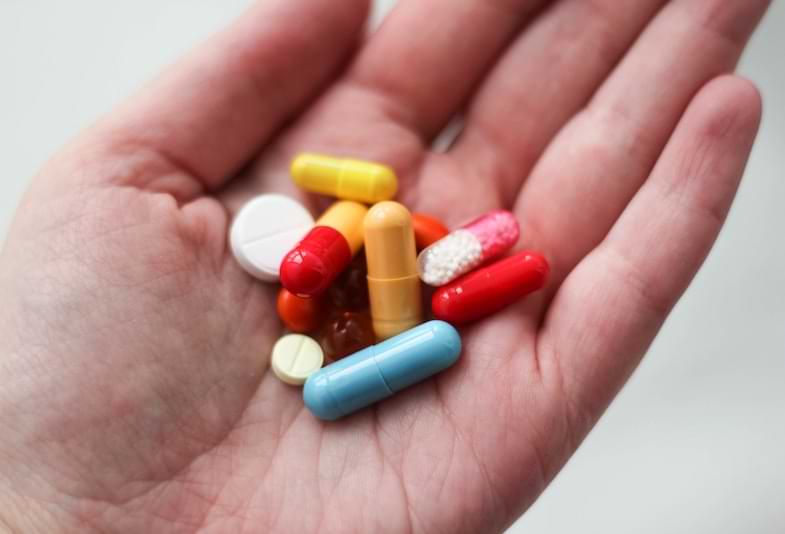

What is medical cannabis used for?
The use of marijuana for medical use – or rather, cannabis for medical use – has now been approved in many countries, although the debate continues to remain heated, arousing conflicting opinions.
In truth, the use of cannabis in the medical field goes back much further than one might imagine. Suffice it to say that the first documentation mentioning marijuana for medicinal use is in Chinese medical texts dating back 3,000 years.
However, some of the therapeutic properties traditionally ascribed to marijuana by folk medicine have been amply confirmed by numerous studies and clinical trials, so much so that its use in therapy has been approved.
Marijuana for medical use (or medical cannabis, as it is known) is used in the following cases:
- To induce analgesia in diseases that involve spasticity associated with pain (e.g. multiple sclerosis, spinal cord injury) and are resistant to conventional treatments
- To induce analgesia in the presence of chronic pain, particularly of the neurogenic type, when treatment with NSAIDs, corticosteroids or opioids has not proved effective
- To induce a kinetosic and anti-emetic effect in the presence of nausea and vomiting induced by chemotherapy, radiotherapy, HIV and AIDS drug therapies, when the same effects cannot be achieved with conventional therapies
- To stimulate appetite in the presence of cachexia, anorexia and loss of appetite in AIDS patients, cancer patients and patients suffering from anorexia nervosa.
- To counter involuntary movements – body and facial – in patients with Tourette syndrome who do not respond to standard treatments
- To counteract excessive intraocular pressure (hypotensive effect) in patients with glaucoma resistant to other conventional therapies
But that’s not all.
One of the conditions in which cannabis is most successful is epilepsy. In the United States, cannabidiol has been shown to be very effective in treating Lennox-Gastaut syndrome and Dravet syndrome, two severe forms of epilepsy.
Oral cannabis extract (CBD oil) is also popular for multiple sclerosis and movement problems.
Post Traumatic Stress Disorder (PTSD) can appear after traumatic events related to abuse, war, accidents, abandonment or bereavement, which cause strong fears. The use of medical cannabis and CBD oil, in these cases, helps to stop nightmares, insomnia and depression.
Crohn’s disease or Ulcerative Rectocolitis are two chronic autoimmune diseases, which manifest themselves with chronic diarrhoea, abdominal cramps, joint pain and stool bleeding with mucus.
Cannabis can also:
- Relieve pain and relax muscles, reducing joint pain, abdominal cramps and diarrhoea discharges
- Exercise an anti-inflammatory effect that slowly reduces acute manifestations of symptoms
But there’s more.
Rheumatoid arthritis is one of the most debilitating osteoarticular disorders. It is a disabling condition in which the immune system damages the joints, causing intense pain and widespread swelling.
Taking cannabis can reduce symptoms, thanks to its muscle-relaxing and anti-inflammatory action. It can also intervene on the reappearance of symptoms, thanks to its immunomodulating action.
Finally, a chronic and disabling disease, endometriosis is invisible from the outside and can cause women severe pain, discomfort during sexual intercourse, heavy cycles and bleeding during the intermenstrual period.
In cases of endometriosis, the therapeutic properties of CBD and THC can significantly improve the patient’s condition.
But how is that possible?
The active ingredients that justify the use of cannabis for medical use are the so-called cannabinoids. In particular, medical-pharmaceutical interest is directed towards THC or delta-9-tetrahydrocannabinol and cannabidiol or CBD.
THC, in fact, is mainly responsible for the pain-relieving, anti-nausea, anti-emetic, relaxing and appetite-stimulating activities attributed to marijuana, while CBD enhances the latter’s pain-relieving properties, prolonging its duration of action while decreasing its side effects, particularly those affecting the cardiovascular and respiratory systems.
Furthermore, CBD contributes to the reduction of intraocular pressure and has interesting anti-convulsive, sedative and anti-psychotic properties.
Since the active ingredients of major medical interest in cannabis are THC and CBD, the currently marketed and approved medical marijuana must necessarily be standardised and titrated in these two active ingredients.
Read also: Cannabis decarboxylation: what it is, how it works and what the benefits are
A bit of history on medical cannabis
Medicinal cannabis has a very ancient history, and its beneficial effects have been known throughout most of the Eastern world since ancient times. In fact, physicians used cannabinoids to reduce pain.
As we previously said, in traditional Chinese medicine, it was administered as an anaesthetic due to its powerful narcotic properties.
In the Netherlands, it is thought to have been used as early as the late Neolithic period (between 2400 and 2200 B.C.) for its anti-fever properties. In fact, a large concentration of cannabis pollen has been noted in a tomb from this period.
In Ancient Egypt, cannabis products were used to treat haemorrhoids and irritated eyes.
In India, cannabis was given to patients to deal with many illnesses and ailments, including insomnia with other sleep and relax-related problems, headaches, gastrointestinal ailments, and pain and suffering in childbirth.
In ancient Greece, cannabis was a favourite medicine for treating wounds, horse sores and nosebleeds.
It was only in the 1800s that cannabis also made its way into Western medicine, where it was reduced to a powder and administered with wine.
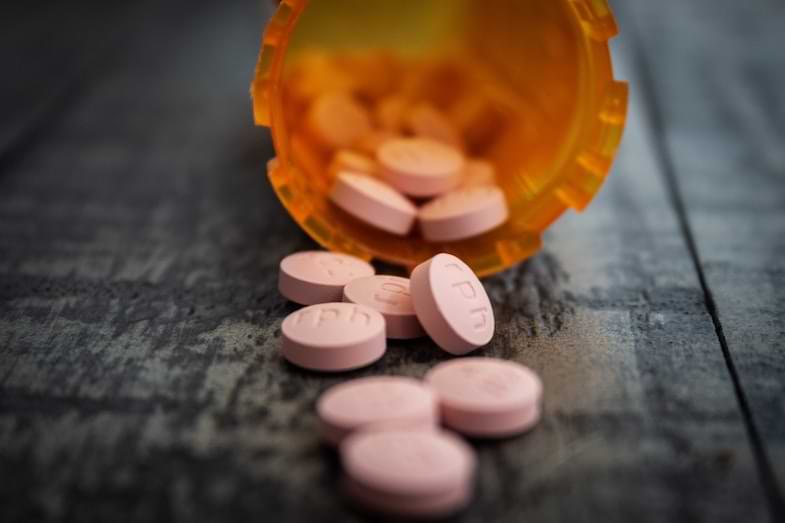

How is cannabis for medical use taken? Are there any side effects?
Cannabis for medical use can basically be taken through two different routes of administration: orally and by inhalation.
Oral intake involves the preparation of a decoction by boiling the inflorescences of the plant in water according to the doctor’s instructions.
Inhalation, on the other hand, involves the use of a vaporizer (CE-marked medical device) with hot, filtered air. With this device, cannabis is heated to high temperatures (but not burned) and releases vapours that must then be inhaled by the patient.
The inhalation route of administration is usually prescribed by the physician in cases where oral administration does not produce the desired pharmacological effects, or in any case when this healthcare figure deems it most appropriate.
Again, it is the doctor who will provide guidance on the dosage of cannabis to be used.
But now the question is automatic: what are the side effects of cannabis and CBD flowers for medical use?
Like any other substance, cannabis for medical use can cause side effects. However, there is not as much information on adverse reactions induced by the medical use of cannabis as there is on the recreational use of the substance.
Moreover, undesirable effects do not necessarily manifest themselves in all patients in the same way, just as they may not manifest themselves at all. The type and intensity of such effects, moreover, may also vary depending on such factors as:
- The chosen route of administration
- Dosage
- Type of disorder to be treated
- Patient’s sensitivity to the substance
However, there some specific circumstances under which cannabis for medical use should NOT be used.
When a doctor decides to subject a patient to phytocannabinoid therapy, it is essential that he or she carefully assesses the patient’s medical history in order to avoid any risk situations.
Cannabis should absolutely not be taken in particularly sensitive individuals such as pregnant or breast-feeding women, children and adolescents. The active ingredients of marijuana, in fact, can alter the completion of development in the brain.
People who have suffered or are suffering from mental disorders, such as schizophrenia, depression or personality disorders, are particularly prone to psychotic breaks, which may be exacerbated by inappropriate use of cannabis. In addition to the patient’s personal history, the presence of this type of problem in the family must also be considered.
Addiction is one of the contraindications to the therapeutic use of cannabis, as it may lead to relapse in ex-addicts, ex-addicts and abusers of psychotropic substances.
In addition, it should be noted that cannabis may affect cardiac pressure, causing hypotension or hypertension, with cardiac and respiratory consequences.
Hepatic steatosis is one of the most serious, though very rare, possible side effects that may occur in patients with liver, kidney or hepatitis C problems.
Read also: What is the best way to store weed? Tips from the experts
Conclusions
In conclusion, the use of cannabis for therapeutic purposes has a long history dating back thousands of years and has gained recognition in various countries.
Scientific studies and clinical trials have confirmed several therapeutic properties traditionally associated with cannabis, leading to its approval for medical use. Medical cannabis, containing cannabinoids such as THC and CBD, has been found effective in relieving pain, inducing analgesia, alleviating nausea and vomiting, stimulating appetite, counteracting involuntary movements, reducing intraocular pressure, and exhibiting anti-convulsive and sedative properties.
The administration of medical cannabis can be done orally or through inhalation under medical supervision. While there are potential side effects, their occurrence and severity vary among individuals and depend on factors such as dosage, route of administration, and individual sensitivity.
It is essential for healthcare professionals to carefully consider the risk/benefit ratio and contraindications before prescribing medical cannabis. Contraindications include psychiatric disorders, addiction history, severe cardio-pulmonary disorders, liver and kidney insufficiency, concurrent use of certain medications, adolescence and young adulthood, and pregnancy or breastfeeding. Further research and ongoing evaluation are necessary to fully understand the potential of cannabis for therapeutic use and ensure its safe and appropriate application in medical settings.
Don’t miss all the updates: visit Justbob, the industry’s leading e-commerce offering the highest quality cannabis.
We look forward to seeing you on Justbob!
💡Takeaways on the use of cannabis for medical purposes
- The use of cannabis for medicinal purposes has been approved in many countries, although the debate remains heated and arouses conflicting opinions.
- The therapeutic properties traditionally attributed to cannabis by folk medicine have been widely confirmed by numerous studies and clinical trials, leading to approval for its use in therapy.
- Cannabis for medical purposes is used to treat conditions such as pain-associated spasticity (e.g. in multiple sclerosis), chronic neurogenic pain, chemotherapy-induced nausea and vomiting, appetite stimulation in patients with cachexia or anorexia, involuntary movements in Tourette’s syndrome, and reduction of intraocular pressure in glaucoma.
- The active ingredients of cannabis that justify its use for medical purposes are the so-called cannabinoids, in particular THC (delta-9-tetrahydrocannabinol) and CBD (cannabidiol).
- Cannabis for medical purposes may be administered orally or by inhalation, and the dosage and route of administration are determined by the treating physician.
- Like any substance, medical cannabis may cause side effects, but information on adverse effects is still limited compared to recreational use of the substance.
- Cannabis for medical purposes has contraindications, including past or family history of psychiatric disorders, history of dependence on drugs or psychotropic substances, severe cardiopulmonary disorders, liver or kidney failure, and concomitant intake of hypnotic-sedating drugs, antidepressants or psychotropic drugs in general.
- The use of cannabis for medical purposes is not recommended for adolescents, pregnant or lactating women.
- The choice to prescribe cannabis for medical purposes must always consider the risk/benefit ratio for the patient.
- In conclusion, cannabis for medicinal purposes has been shown to be useful in a variety of clinical conditions, but careful monitoring and individualised assessment of risks and benefits for each patient is necessary.
FAQ on the use of cannabis for medical purposes
What is the therapeutic use of cannabis?
The medical use of cannabis is approved in many countries and is used for a variety of purposes, including analgesia, treatment of chronic pain, alleviation of chemotherapy-induced nausea and vomiting, appetite stimulation and control of involuntary movements in patients with Tourette’s syndrome, and reduction of intraocular pressure in glaucoma.
How is cannabis taken for medical purposes? Are there any side effects?
Medical cannabis can be taken orally or by inhalation. Oral administration involves the preparation of a decoction by boiling the inflorescences of the plant in water. For inhalation, a vaporizer with filtered hot air is used. The choice of administration method depends on the desired effects and may vary from patient to patient. Like any substance, the use of cannabis for medical purposes may involve side effects that may vary depending on the route of administration, the dosage, the type of disorder being treated, and the sensitivity of the patient. Some specific contraindications include previous psychiatric disorders, drug dependence, severe cardiopulmonary disorders, severe hepatic and renal insufficiency, ongoing treatment with certain drugs, adolescents and young adults, and pregnant or breast-feeding women.
What are the active ingredients of cannabis for medical purposes?
The active ingredients of cannabis for medical purposes are the cannabinoids, specifically THC (delta-9-tetrahydrocannabinol) and CBD (cannabidiol). THC is responsible for the analgesic, anti-nausea, anti-emetic, relaxing and appetite-stimulating effects attributed to cannabis, while CBD enhances the analgesic properties of THC, prolongs its duration of action and reduces its side effects. CBD also has anticonvulsant, sedative and antipsychotic properties. Commercially marketed and approved medical cannabis must be standardised and titrated for THC and CBD content.

